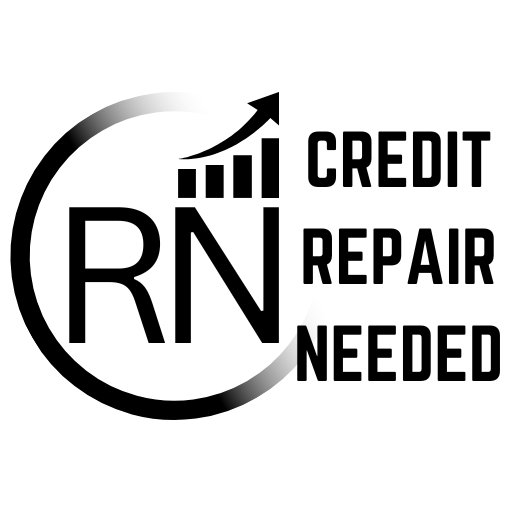Debt Payoff Calculator : Payoff Plan
Debt Payoff Calculator and Plan
Understanding the Debt Payoff Calculator and Plan
Introduction
1. Calculate Your Debt Payoff Plan
Calculate Your Debt Payoff Plan
2. Understanding Debt
Types of Debt
- Credit Card Debt: This is a form of revolving debt where you borrow up to a certain limit and pay interest on the balance carried over each month.
- Student Loans: These are loans taken out to finance education, often with lower interest rates and more flexible repayment options.
- Mortgages: Long-term loans specifically for purchasing property, typically secured by the property itself.
- Personal Loans: Unsecured loans can be used for various purposes, often with fixed interest rates and repayment terms.
- Auto Loans: Used to finance vehicle purchases, often secured by the vehicle.
Tip: Understanding the terms, interest rates, and repayment structures of each debt type is crucial for developing an effective payoff strategy.
3. Assessing the Financial Situation
What Must You Assess
Before creating a debt payoff plan, you need to assess your current financial situation accurately:
- Calculate Total Debt:
- List all debts with their balances, interest rates, and minimum monthly payments.
- Sum the total amount owed.
- Determine Income:
- List all sources of income (salary, bonuses, side gigs, etc.).
- Calculate your total monthly income.
- Track Expenses:
- List all monthly expenses (rent, utilities, groceries, entertainment, etc.).
- Use a budgeting app or spreadsheet to categorize and track these expenses.
- Create a Budget:
- Compare your income to your expenses to see how much you can allocate towards debt repayment.
- Identify areas where you can cut costs to free up more money for paying down debt.
Tip: Use budgeting apps like Mint, YNAB, or Personal Capital to easily track your income, expenses, and debt in one place.
5. Sample Budget Breakdown
| Category | Percentage of Income |
|---|---|
| Housing | 25-35% |
| Transportation | 10-15% |
| Food | 10-15% |
| Utilities | 5-10% |
| Savings | 10-20% |
| Debt Repayment | 15-20% |
| Discretionary | 5-10% |
6. Debt Payoff Strategies
Debt Snowball Method
- Pros: Quick wins provide motivation and psychological boost.
- Cons: May pay more in interest over time.
Debt Avalanche Method
- Pros: Saves more money on interest over time.
- Cons: May take longer to see progress, potentially reducing motivation.
Debt Consolidation
- Pros: Simplifies payments, potentially lowers interest rates.
- Cons: May extend repayment period, requires good credit for best rates.
7. Creating a Personalized Debt Payoff Plan
- Choose Your Strategy: Based on your personality and financial situation, select either the snowball or avalanche method.
- Set Priorities: Order your debts based on your chosen strategy.
- Allocate Extra Payments: Determine how much extra you can pay towards your priority debt each month.
- Automate Payments: Set up automatic payments for at least the minimum on all debts.
- Track Progress: Regularly update your debt balances and celebrate milestones.
- Adjust as Needed: Review your plan every few months and adjust based on changes in your financial situation.
8. Tips for Faster Debt Payoff
- Consider the debt avalanche method: Pay off highest interest debts first.
- Look into balance transfer options to reduce interest rates.
- Increase your monthly payments whenever possible.
- Avoid taking on new debt while paying off existing balances.
- Consider negotiating with creditors for lower interest rates.
9. Tools and Resources
- Budgeting Apps: Mint, YNAB, Personal Capital
- Debt Payoff Calculators: Unbury.me, Undebt.it
- Credit Monitoring: Credit Karma, Credit Sesame
- Financial Education: Khan Academy, Coursera Financial Planning courses
- Professional Help: Certified Financial Planners, Credit Counseling agencies
Remember, while these tools can be incredibly helpful, they’re most effective when combined with dedication and consistency in following your debt payoff plan.
10. Conclusion
Remember, the journey to becoming debt-free is a marathon, not a sprint. Stay patient, celebrate small victories, and don’t hesitate to adjust your plan as needed. With determination and the right approach, you can achieve your goal of financial stability!
